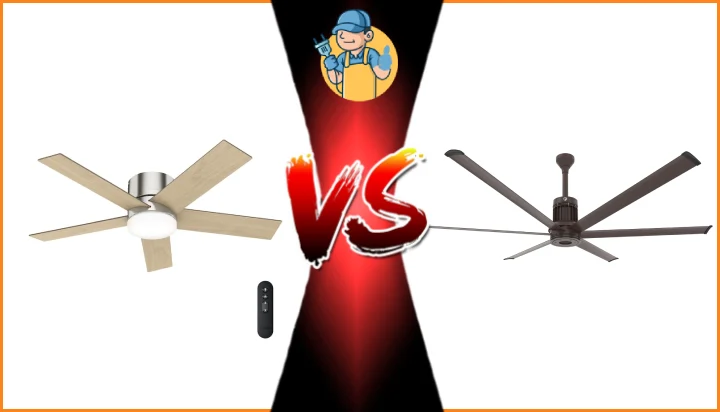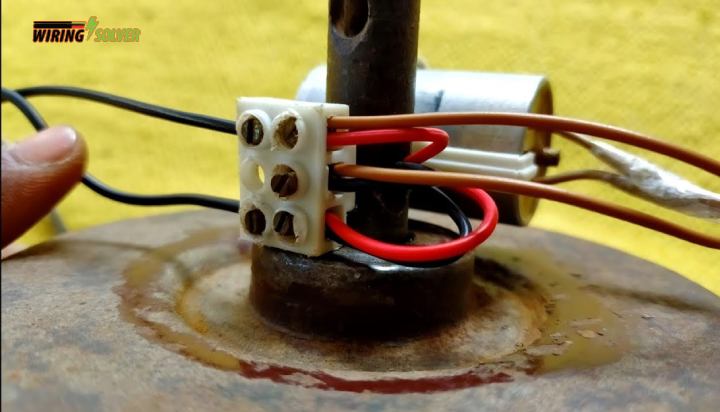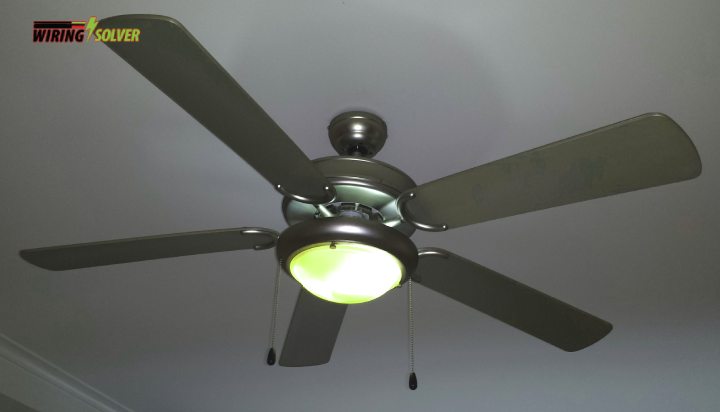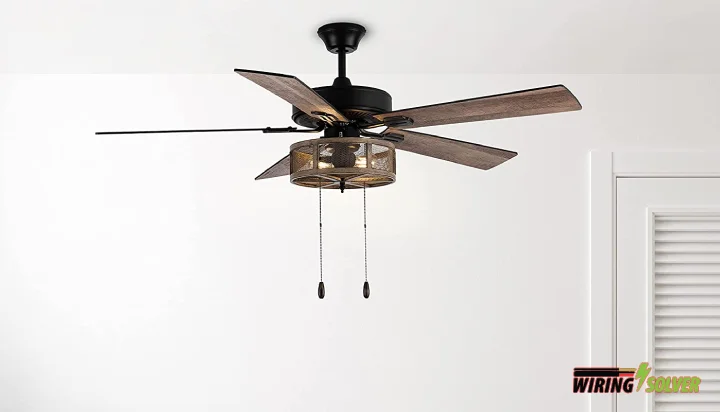When deciding which type of fan to add to your home, you should understand the differences between flush mount and downrod ceiling fans.
Flush mount ceiling fans are relatively easy to install and require minimal ceiling space. The fan blades are typically closer to the ceiling, providing a sleek, low-profile look. Downrod ceiling fans are mounted to the ceiling but require a separate metal tube or “downrod” to suspend the fan from the ceiling. The fan blades are further away from the ceiling.
This article will explain the key differences between the two fan styles, as well as outline the benefits of each.

What Are the Differences Between a Flush Mount and Downrod Ceiling Fan?
There are quite a few differences between a flush mount ceiling fan and a downrod ceiling fan apart from their appearance. These differences are properly showcased in the table provided below.
Flush Mount Vs Downrod Ceiling Fan
Differences | Flush Mount Ceiling Fan | Downrod Ceiling Fan |
Mounting style | Flush (close to the ceiling) | Suspended from downrod |
Height from ceiling | Less than 8 inches | 8 inches or more |
Recommended room size | Smaller rooms | Larger rooms |
Ceiling height requirements | Any | 8 feet or more |
Installation difficulty | Easy | Moderate to difficult |
Aesthetics | Sleek and modern | Traditional |
Airflow and circulation | Moderate | Strong |
Energy efficiency | Moderate to high | Moderate |
Cost | Lower | Higher |
These are some of the most common differences between a flush-mount ceiling fan and a downrod ceiling fan.
Which Fan is Better for My Room?

The answer to that question lies within several key factors. Such as the room size, ceiling height, cost, aesthetics, and so on. Let’s take a deeper look at these factors so that they may help you choose appropriately.
Mounting style:
Flush mount ceiling fans are mounted directly to the ceiling, with the blades very close to the ceiling surface. Downrod ceiling fans are suspended from a downrod, which is a metal rod that extends from the ceiling to the fan.
Height from the ceiling:
Flush mount ceiling fans are installed with blades less than 8 inches from the ceiling. Downrod ceiling fans are installed with blades 8 inches or more from the ceiling.
Recommended room size:
Flush mount ceiling fans are generally recommended for smaller rooms because they do not extend far from the ceiling.
Downrod ceiling fans are better suited for larger rooms because they can circulate more air due to their distance from the ceiling.
Ceiling height requirements:
Flush mount ceiling fans can be installed on any ceiling height. Downrod ceiling fans, however, require a minimum ceiling height of 8 feet or more.
Installation difficulty:
Flush mount ceiling fans are usually easier to install because they do not require a downrod.
Compared to a flush mount, a downrod ceiling fan is more difficult to install because they require attaching the downrod to the ceiling and wiring the fan.
Aesthetics:
Flush mount ceiling fans have a sleek and modern appearance because they are mounted close to the ceiling. Downrod ceiling fans have a more traditional look because they are suspended from a downrod.
Airflow and circulation:
Flush mount ceiling fans provide moderate airflow and circulation due to their close proximity to the ceiling.
But downrod ceiling fans provide stronger airflow and circulation because they are farther from the ceiling and can move more air.
Energy efficiency:
Flush mount ceiling fans can be more energy efficient because they use less energy to move the air.
Compared to that, downrod ceiling fans are generally less energy efficient because they use more energy to move the air.
Cost:
Flush mount ceiling fans are generally less expensive than downrod ceiling fans. This is because they are simpler to manufacture and install.
On the other hand, downrod ceiling fans are more expensive because they are larger and require more materials and labor to install.
Can Ceiling Fan Type Affect Airflow?
There are several factors that can affect airflow, including the size of the fan, the blade design, and the mounting style. Let’s take a closer look at how ceiling fan type can impact airflow.
Flush mount ceiling fans are mounted directly to the ceiling, with the blades very close to the surface. Because they are so close to the ceiling, they do not have much space to move the air.
As a result, they provide moderate airflow and circulation. These fans are best suited for smaller rooms, as they are not capable of moving large volumes of air.
Downrod ceiling fans, on the other hand, are suspended from a metal rod that extends from the ceiling to the fan. Because they are farther from the ceiling, they have more space to move the air.
Therefore, they provide stronger airflow and circulation. These fans are better suited for larger rooms, as they can move more air and improve circulation.
It’s worth noting that the size of the fan can also affect airflow. Larger fans with more blades will generally provide stronger airflow than smaller fans with fewer blades.
Additionally, the design of the blades can impact airflow. Fans with curved blades are more efficient at moving air than fans with straight blades.
Overall, the type of ceiling fan you choose can significantly impact the airflow and circulation in your room.
Summary
When selecting a fan for your home, consider the overall look you’re trying to achieve. Flush mount ceiling fans are great for tight spaces and low-profile installations, while downrod ceiling fans are better for providing more air circulation and a more dramatic look.
Both fan styles offer advantages depending on your space and design preferences, so take your time to decide which fan is the best fit for your home.



![Harbor Breeze Ceiling Fan Remote Not Working! [Solved]](https://wiringsolver.com/wp-content/uploads/2022/05/Harbor-Breeze-Ceiling-Fan-Remote-Not-Working.jpeg)


